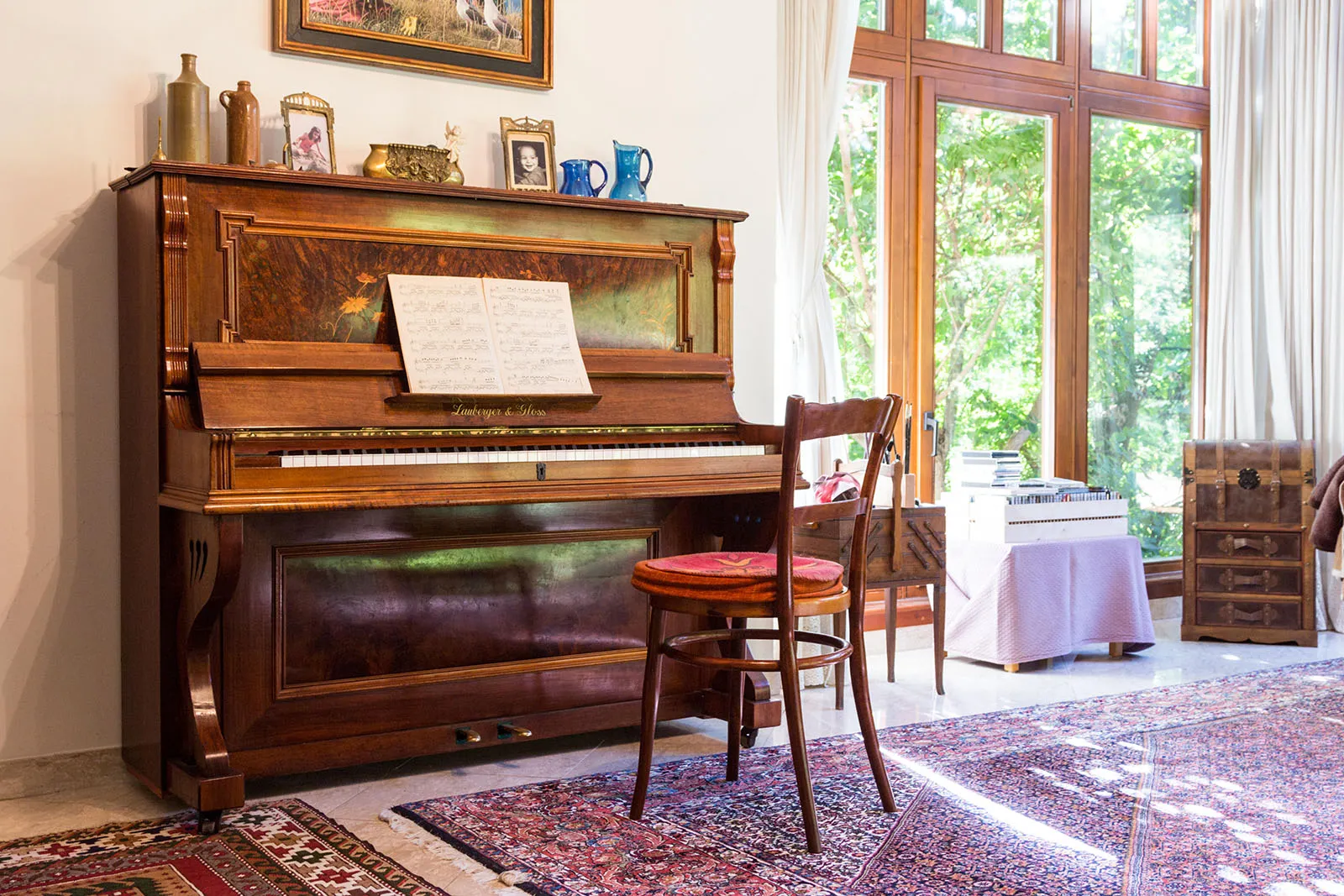Moving a piano is no small feat. With their delicate components and substantial weight, pianos require careful preparation to ensure they arrive at their destination in perfect condition. This guide will walk you through the steps to safely prepare your piano for transportation, whether you’re moving it across the room or across the country.
Why Proper Preparation Matters
Pianos are intricate instruments with hundreds of delicate parts, including strings, hammers, and keys. Damage during transportation can affect their functionality and value. Proper preparation minimizes the risk of:
- Scratches or dents on the exterior.
- Internal damage to strings, pedals, or keys.
- Misalignment that affects sound quality.
Steps to Prepare Your Piano for Transportation
1. Gather the Necessary Supplies
Before starting, ensure you have:
- Moving blankets or padding
- Heavy-duty packing tape
- A dolly or piano skid board
- Straps or ropes
- Work gloves
These tools will help protect the piano and make it easier to handle during the move.
2. Assess the Type of Piano
Different types of pianos require varying approaches:
- Upright pianos: Easier to handle due to their compact size, but still heavy.
- Grand pianos: Require disassembling parts like the legs and pedals for safe transport.
Understanding your piano’s structure will help determine the best method for preparation.
3. Protect the Keyboard and Lid
Close and lock the keyboard lid to prevent it from opening during the move. If the lid doesn’t lock, secure it with tape. Cover the piano’s lid and body with moving blankets, securing them with tape or straps.
4. Disassemble If Necessary
For grand pianos, remove the legs and pedals carefully, following these steps:
- Unscrew the legs one at a time.
- Wrap each leg and pedal in protective padding.
- Cover the piano body with blankets for additional protection.
5. Position the Piano Safely
Use a dolly or piano skid board to lift and move the piano. Always lift from the bottom, ensuring even weight distribution to avoid tipping. Never attempt to move a piano alone—enlist the help of at least two or three people.
6. Secure the Piano for Transportation
If you’re using a moving truck:
- Position the piano against a wall to minimize movement.
- Use straps or ropes to secure it in place.
- Avoid placing heavy objects on top of the piano.
7. Hire Professional Movers (Optional)
If the piano is exceptionally large or valuable, hiring professional piano movers is a wise choice. They have the expertise and equipment to handle the instrument with care.
After the Move: Re-tuning and Inspection
Pianos often need re-tuning after being moved due to vibrations and changes in humidity. Once your piano is settled in its new location:
- Inspect it for any damage.
- Schedule a tuning session with a professional.
Conclusion
Proper preparation is crucial to safely transport your piano without damage. By following these steps and taking necessary precautions, you can ensure your piano remains in excellent condition throughout the move.
Need Help Moving Your Piano?
Consider hiring experienced movers or consulting a professional for guidance. Protect your investment with the care it deserves!










Leave a Reply